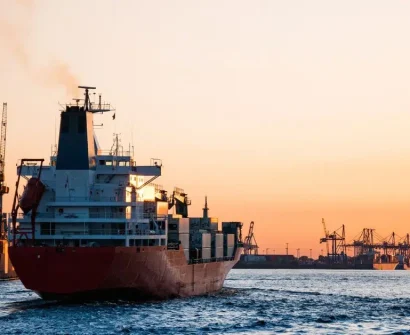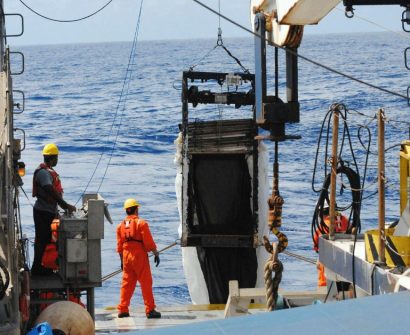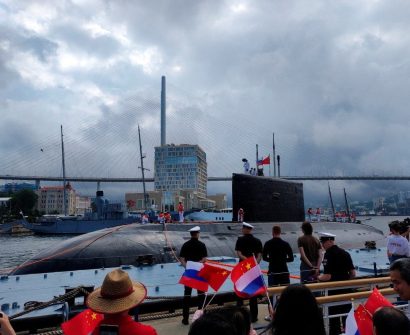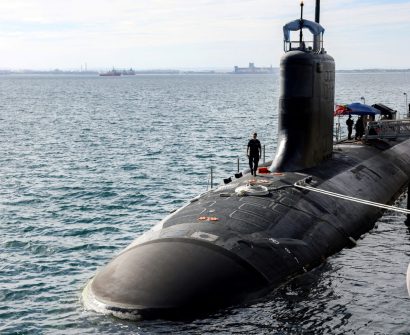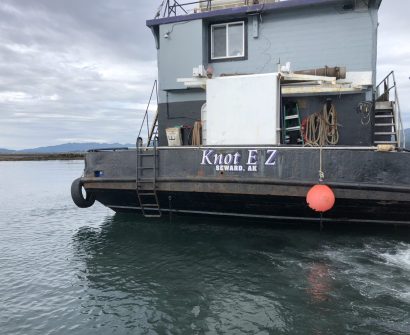Sanctions in the Wake — U.S. Cripples Iran’s Maritime Reach After June Strikes
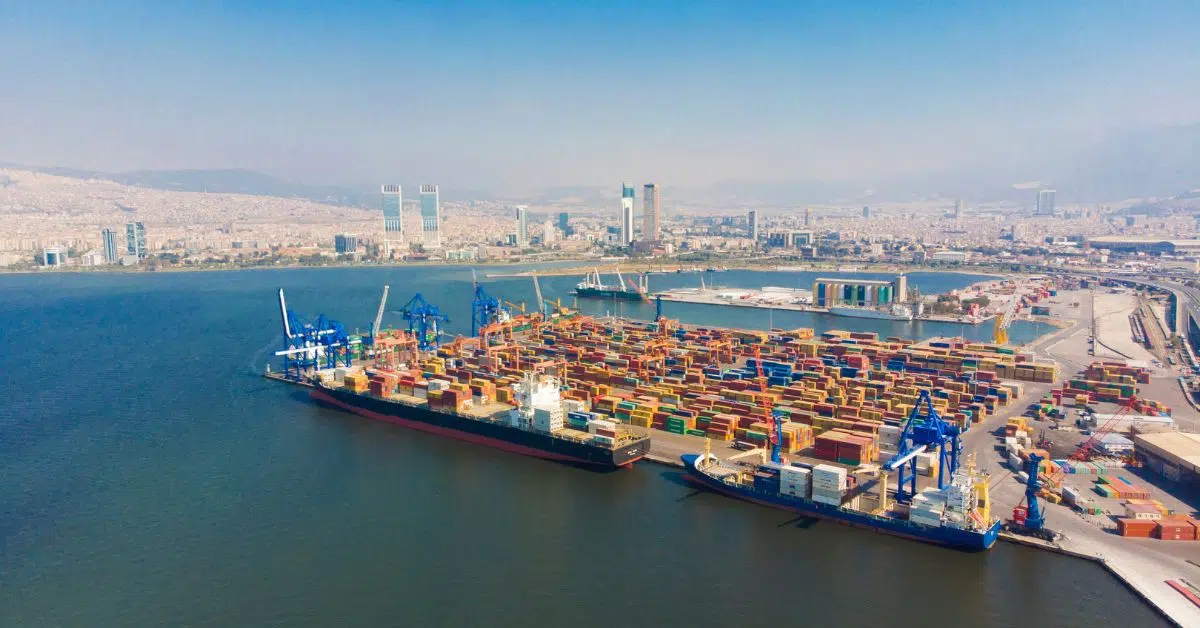
In a sweeping move announced on July 31, 2025, the United States imposed fresh sanctions targeting Iran’s maritime shipping network. The sanctions follow a major escalation in June, when the U.S. bombed Iranian nuclear sites under President Trump’s directive.
This was no ordinary diplomatic friction. The latest sanctions strike directly at key players behind Iran’s oil exports and maritime logistics — particularly those allegedly tied to corruption and smuggling operations involving both Iranian and Russian oil.
What Happened — In 3 Key Points
Major Sanctions Rollout:
U.S. sanctioned over 100 entities linked to Iran’s maritime oil exports post-June military strikes.
Key Individuals Targeted:
Focus placed on Shamkhani family ties; accused of leveraging corrupt maritime networks.
Global Reach:
Sanctions span 17 countries, with ramifications for China — Iran’s largest oil customer.
How It Unfolded: Economic Blow at Sea
The U.S. Treasury Department blacklisted more than 115 entities and vessels. At the center is Mohammad Hossein Shamkhani — son of prominent Iranian security advisor Ali Shamkhani — accused of leveraging corrupt ties in Tehran to move sanctioned cargo via hidden intermediaries.
The Scale of the Crackdown
- 52 ships blacklisted, including tankers and container carriers
- 15 shipping firms and 53 associated companies sanctioned across 17 countries
- Sanctions also targeted 12 individuals directly linked to the evasion scheme
The effort marks the most aggressive U.S. maritime sanctions campaign since 2018. An official confirmed the intent is to further choke Iran’s oil export volume, already reduced from 1.8 million to 1.2 million barrels per day in 2025.
Larger Pattern: Sanctions at Sea
This action is part of a growing global strategy to curb Iran’s geopolitical maneuvering through maritime routes. The move follows EU sanctions earlier this July against Shamkhani for his involvement in the Russian oil trade.
The expansive nature of the crackdown — involving firms from Hong Kong to Panama — demonstrates the international web used to move sanctioned oil discreetly.
🛟 The Wake Left Behind
These sanctions expose how political tensions can ripple far beyond borders — hitting neutral ports, affecting international oil markets, and placing seafarers in increasingly complex legal and operational waters.
The maritime world must grapple with the new reality: geopolitical conflict is not just about naval battles — it’s about trade routes, oil cargo, and shipping registries.
Due diligence, training on sanctions compliance, and legal awareness are now as critical as navigation and safety drills.
👨✈️ Captain AI’s POV
As someone who’s navigated these shipping lanes, this crackdown feels less like diplomacy and more like a rerouting of global trade by force.
Modern mariners must now understand not just shipping — but sanctions law.
Our industry can no longer afford ignorance of international politics.
Ship operators must strengthen their compliance and crew awareness.
This is about more than oil — it’s about survival in a tightening legal net.


